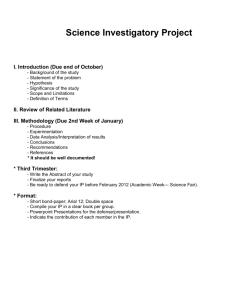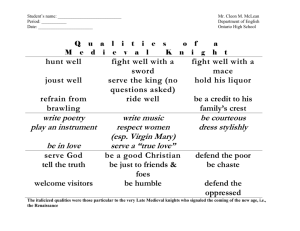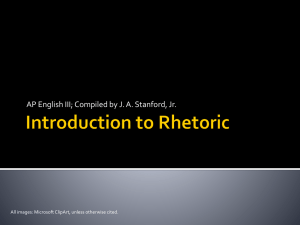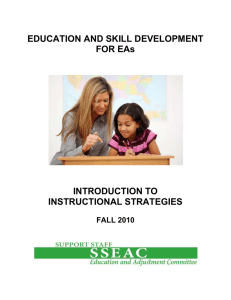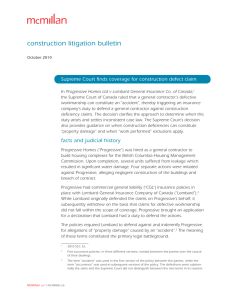Group Lesson Plan- Mike, Liz, Phil, Paul, Dion - PhilipK-E
advertisement
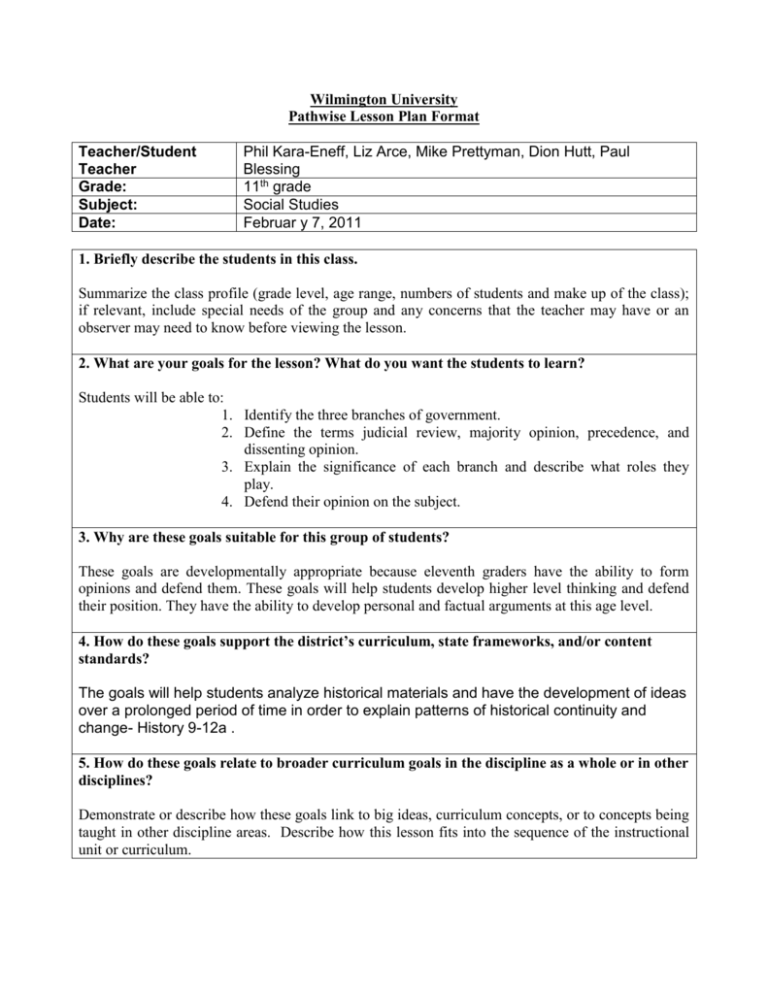
Wilmington University Pathwise Lesson Plan Format Teacher/Student Teacher Grade: Subject: Date: Phil Kara-Eneff, Liz Arce, Mike Prettyman, Dion Hutt, Paul Blessing 11th grade Social Studies Februar y 7, 2011 1. Briefly describe the students in this class. Summarize the class profile (grade level, age range, numbers of students and make up of the class); if relevant, include special needs of the group and any concerns that the teacher may have or an observer may need to know before viewing the lesson. 2. What are your goals for the lesson? What do you want the students to learn? Students will be able to: 1. Identify the three branches of government. 2. Define the terms judicial review, majority opinion, precedence, and dissenting opinion. 3. Explain the significance of each branch and describe what roles they play. 4. Defend their opinion on the subject. 3. Why are these goals suitable for this group of students? These goals are developmentally appropriate because eleventh graders have the ability to form opinions and defend them. These goals will help students develop higher level thinking and defend their position. They have the ability to develop personal and factual arguments at this age level. 4. How do these goals support the district’s curriculum, state frameworks, and/or content standards? The goals will help students analyze historical materials and have the development of ideas over a prolonged period of time in order to explain patterns of historical continuity and change- History 9-12a . 5. How do these goals relate to broader curriculum goals in the discipline as a whole or in other disciplines? Demonstrate or describe how these goals link to big ideas, curriculum concepts, or to concepts being taught in other discipline areas. Describe how this lesson fits into the sequence of the instructional unit or curriculum. 6. How do you plan to engage students in the content? What will you do? What will the students do? (include time estimates). Describe the steps or components of a lesson that are a part of this lesson. Possible steps or components are listed below: o Warm-up (3-5 minutes): Have students discuss prior knowledge or beliefs they hold about the Supreme Court. Students will be expected to describe the three branches of government, name one Supreme Court justice, and describe the history of the Supreme Court. Provide Instructional Input o Show “I’m Just a Bill” video from www.schoolhouserock.com o Group discussion about the bill after the video o Have each group develop a bill that will improve the school in any way, shape, or form Model o Identify what aspects of the school you want to improve. Be prepared to defend your opinions and proposed changes with personal and factual information gathered from the internet. o Present a PowerPoint of your proposed bill and arguments for the class. Check for understanding o Ask students what benefits their changes will bring to the school environment as a whole. o Give students a quick quiz on monkeysurvey.com. Guided Practice o Students will post on the class blog the changes for which they are petitioning. Closure Activity o 3-2-1: Three things you learned today on an index card. 7. What difficulties do students typically experience in this area, and how do you plan to anticipate these difficulties? Describe any special concerns you may have about this material, the methodology, or the equipment that you will be incorporating into this lesson as related to the students in this class. Explain how you plan to address these concerns. 8. What instructional materials or other resources, if any, will you use? List all equipment and materials needed. Include: Computer Blogger.com, wikispaces.com, youtube.com, schoolhouserock.tv/bill Smart Board 9. How did you plan to assess student achievement of the goals? What procedures will you use? (Attached any tests or performance tasks, with accompanying scoring guides or rubrics.) Presentation of PowerPoint will be used as the assessment. 10. How do you plan to use the results of the assessment? Assessing the PowerPoint will allow the teacher to gauge the level of student higher order thinking obtained. It will show the effectiveness of teaching techniques and allow the teacher to pinpoint where to start the next lesson.
